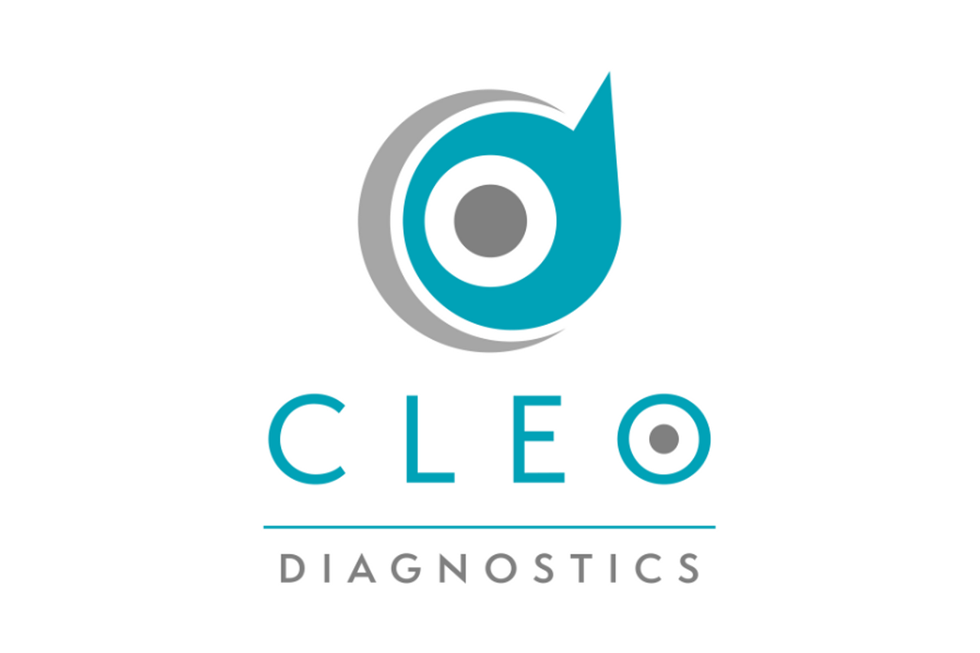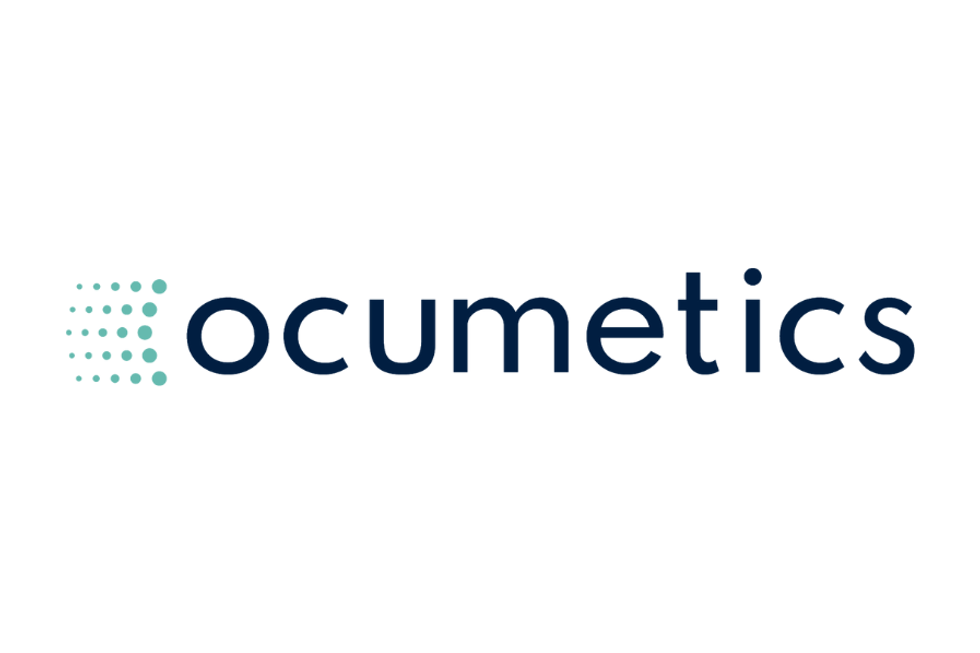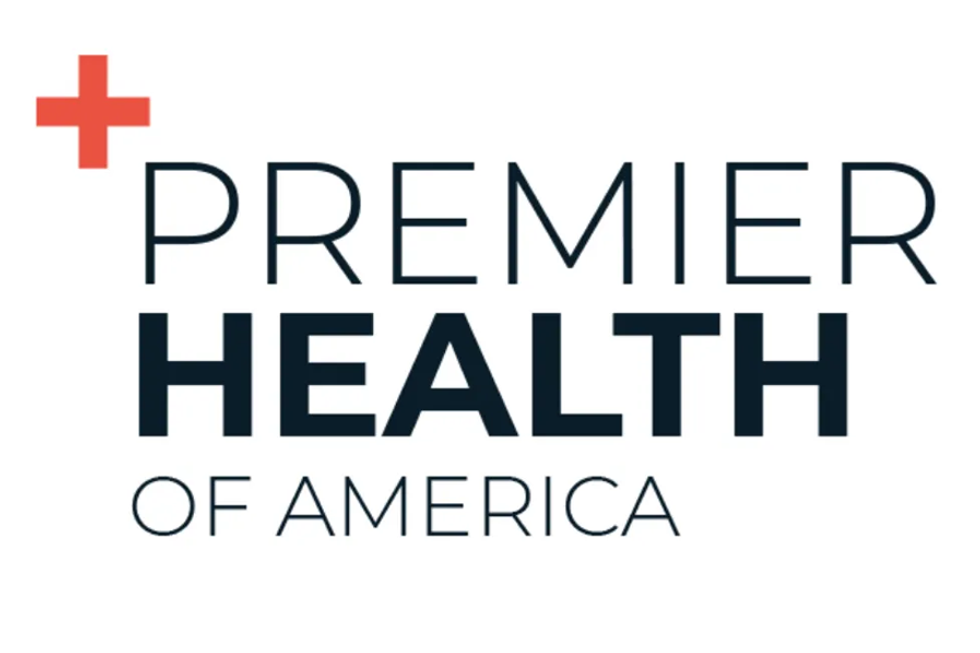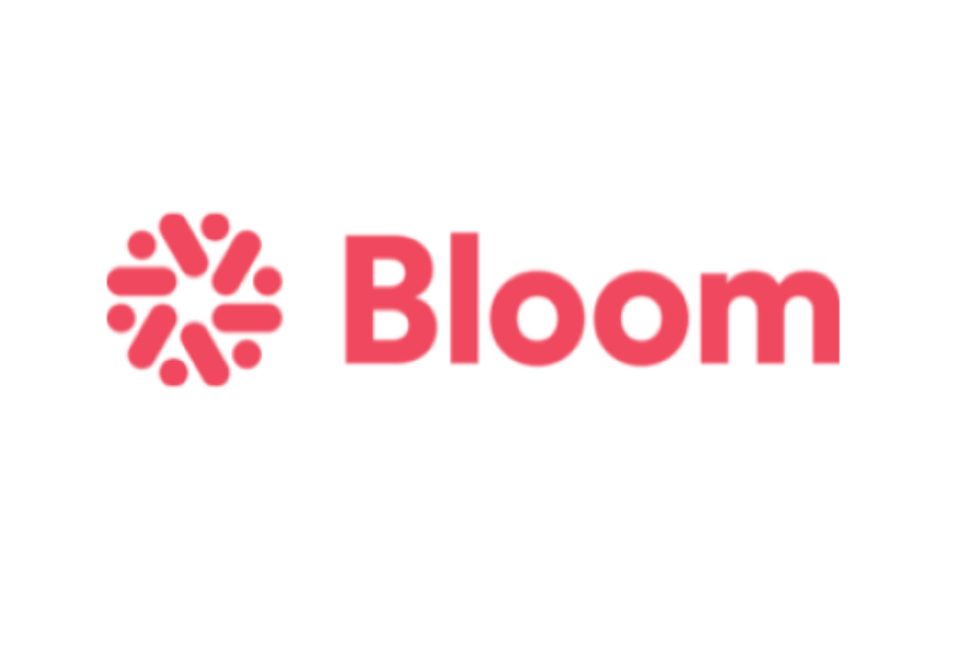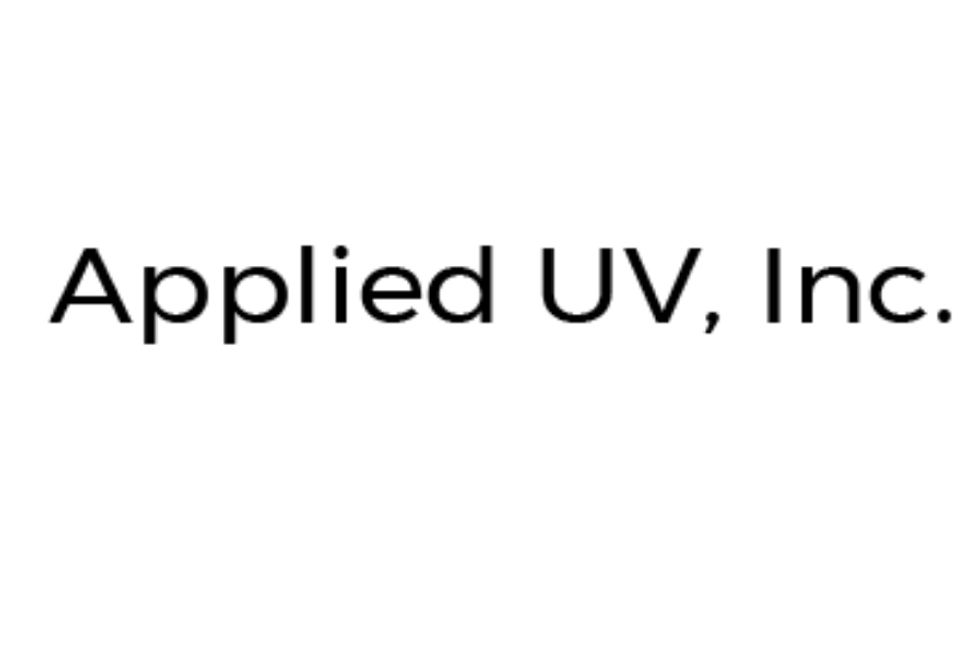
With the quarter officially over and Q3 already underway, here, the Investing News Network is rounding up the biggest news and highlights for the medical device industry in Q2.
Full of US Food and Drug Administration (FDA) 510(k) clearances, submissions, acquisitions, collaborations and so much more, the medical device industry had a strong growth over Q2 2018.
According to Wolters Kluwer research, the medical device industry is expected to grow at a compound annual growth rate (CAGR) of 28.1 percent between now and 2020. However cybersecurity—especially with the release of the FDA’s Medical Device Safety Action Plan—tougher regulations and a push for pricing transparency remain top concerns for the industry.
Aside from challenges for the industry, operational efficiency and profitability continues to drive the market, along with the FDA’s unique product identifier. GS1 regulation will also be featured more prominently, according to UpChain’s list of Medical Device Manufacturers Market Drivers.
With the quarter officially over and Q3 already underway, here, the Investing News Network (INN) is rounding up the biggest news and highlights for the medical device industry in Q2.
Medical device Q2 2018 update: clearances, approvals and submissions
Throughout the entire quarter, medical device companies reported 510(k) clearances, but there were also notable submissions and international approvals. While investors may focus more on device clearances, the submissions are nearly just as important—especially if submitted within a reasonable time frame set out by a company.
Abiomed (NASDAQ:ABMD) started off the quarter by announcing its Impella CP with SmartAssist and Optical Sensor received FDA pre-market approval. The added technology is designed to make the product more user friendly and productive.
In mid-May, OrthoPediatrics (NASDAQ:KIDS) received its 25th surgical system FDA510(k) clearance for the pediatric nailing platform. The new system uses high precision, innovative and best-in-class instruments to accompany two distinct pediatric-specific nail offerings.
Another big clearance was for TransEnterix’s (NYSE:TRXC) Senhance Surgical System, expanding its current indications. This new clearance allows the system to be used for laparoscopic inguinal hernia and laparoscopic cholecystectomy (gallbladder removal) surgery. Previously it was only available for laparoscopic colorectal and gynecologic surgeries.
Other companies which received notable clearances include: Casmed (NASDAQ:CASM), Avinger (NASDAQ:AVGR), Insulet (NASDAQ:PODD) and Apollo Endosurgery (NASDAQ:APEN).
Among the medical device companies to submit a 510(k) application was Strata Skin Sciences (NASDAQ:SSKN) for its Multi-Micro Dose tip accessory for the proprietary XTRAC 308nm excimer laser.
International approvals are a clear sign a company is on the path to global commercialization of its products. Finishing up the quarter, Inspire Medical System (NYSE:INSP) announced it received regulatory approval for its Inspire therapy to treat moderate to severe obstructive sleep apnea.
Medical device Q2 2018 update: Collaborations offer shared success
While FDA clearances and approvals are a more clear reason for investor attention, collaborations and acquisitions—both which were strong in Q2—give companies new opportunities to expand. More importantly, it also gives the respective companies an opportunity to share costs associated with research, development and commercialization.
A leader in point-of-care (POC) diagnostic tests for infectious diseases, Chembio Diagnostics (NASDAQ:CEMI), entered an agreement with private-company LumiraDx to develop new diagnostic tests. The agreement means Chembio will receive funding from LumiraDx to develop the POC tests, subject to specific milestones.
Nemaura Medical (NASDAQ:NMRD) additionally signed a collaboration agreement with Dallas Burston Ethitronix (DBE) to commercialize its non-invasive glucose monitoring system, the wireless sugarBEAT in the European Economic Area. DBE and Nemaura are already in another licensing agreement for the commercialization of the same product in the UK and Ireland.
The two are also in discussions with several large global organizations active in diabetes care regarding appointing one of more sub-distributors to cover the EU territories. The companies plan to share all income and expenditure equally under the agreement.
Medical device Q2 2018 update: Acquisitions unfold
A number of medical device companies have completed acquisitions over Q2. Whether by acquiring entire companies or proprietary technology, investors interested the medical device industry should be aware of how these are unfolding.
Among the acquisitions for technology, Microbot’s (NASDAQ:MBOT) subsidiary acquired a novel patent-protected technology from CardioSert. This moves not only expanded its intellectual property portfolio, but also complemented its existing micro-robotic technologies.
The technology was originally discovered for cardiovascular concerns, but Microbot believes it can be used in other spaces and applications—such as peripheral intervention, neurosurgery and urology.
This acquisition closed near the end of April, and completed a transaction of 100,000 restricted shares of Microbot and a cash payment of US$250,000.
On the side of company acquisitions, Paragon Medical, was acquired by NN (NASDAQ:NNBR) early in the quarter. NN has a wide-range of production and engineering capabilities with expertise in market solutions for aerospace, electrical, automotive and industrial, as well as business units for more products—making this acquisition notable for the industry.
Paragon had been operating in sectors of design and development, surgical instruments, implantable components, cases and trays, and a bioskills lab on a global level. The acquisition widens NN’s life science portfolio.
Investor Takeaway
Throughout the quarter three medical device companies have begun trading on the public market, including: Inspire Medical (NYSE:IINP), Neuronetics (NASDAQ:STIM) and electroCore (NASDAQ:ECOR).
With the quarter wrapped up, its important to take a look at previous noteworthy news at a wider glance of the bigger industry moves. Compared with the biotech, pharma and genetics sectors, the medical device industry has only a fraction of the license agreements, but is still a strong player in acquisitions and collaborations.
Don’t forget to follow @INN_LifeScience for real-time updates!
Securities Disclosure: I, Gabrielle Lakusta, hold no direct investment interest in any company mentioned in this article.

